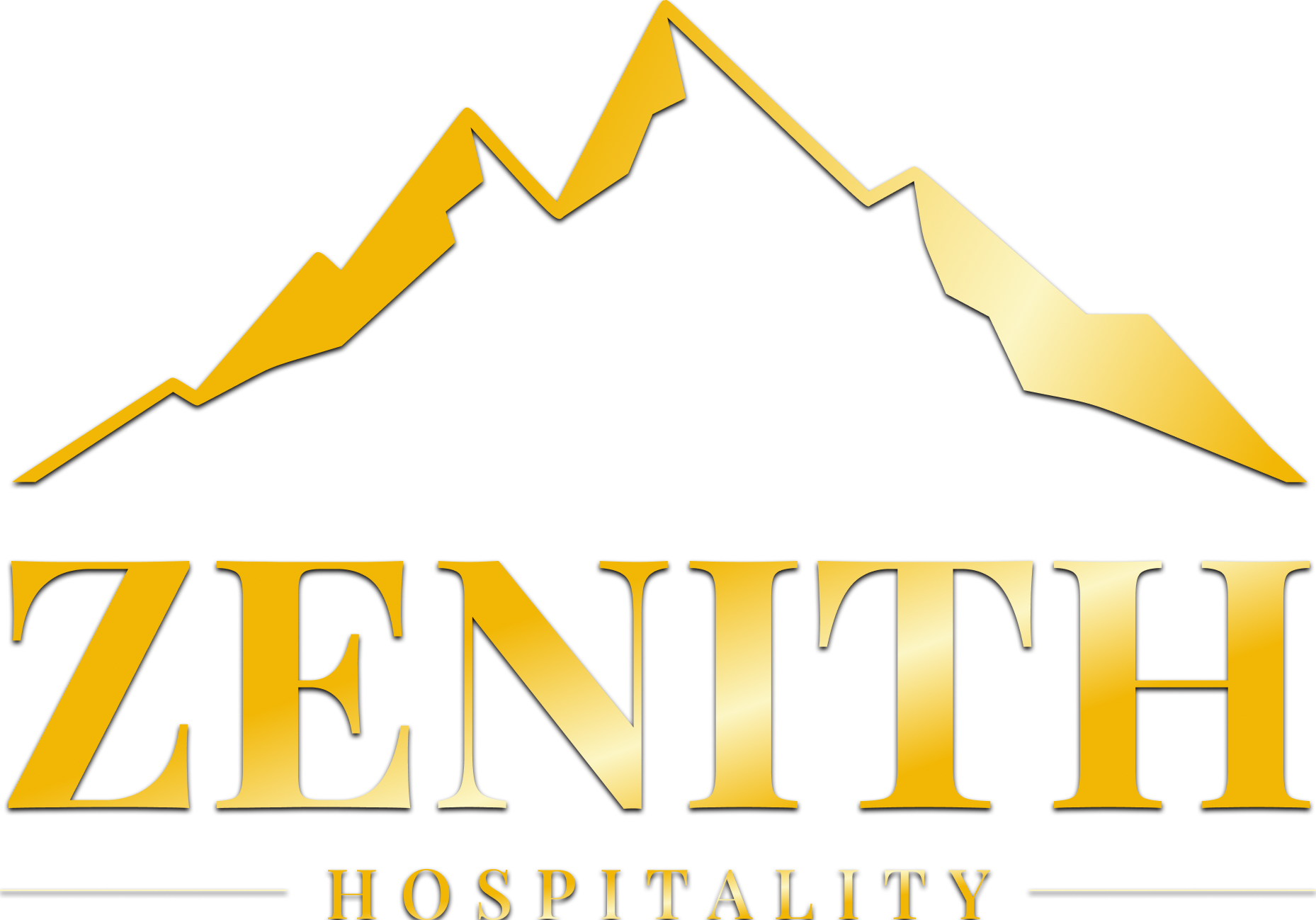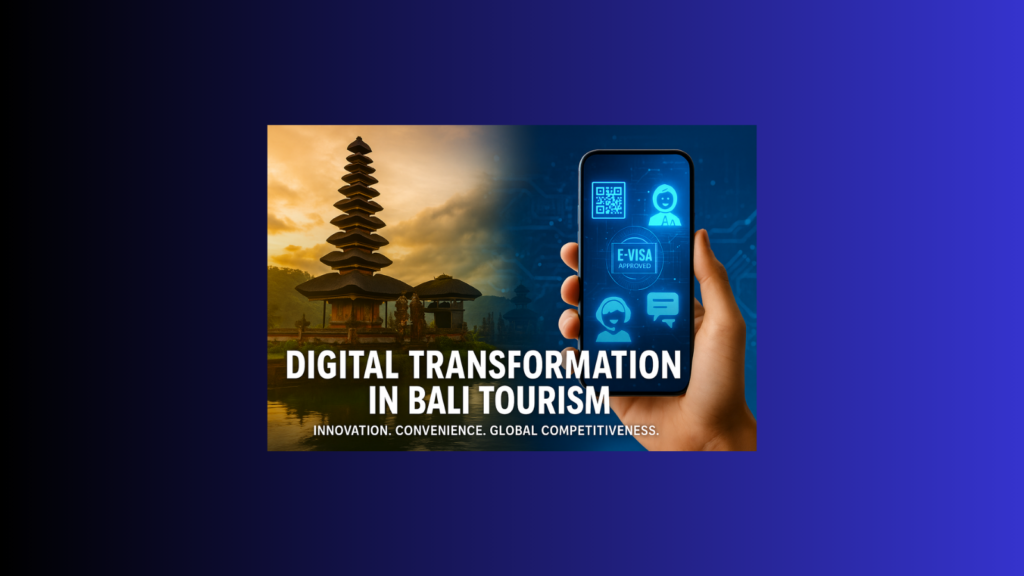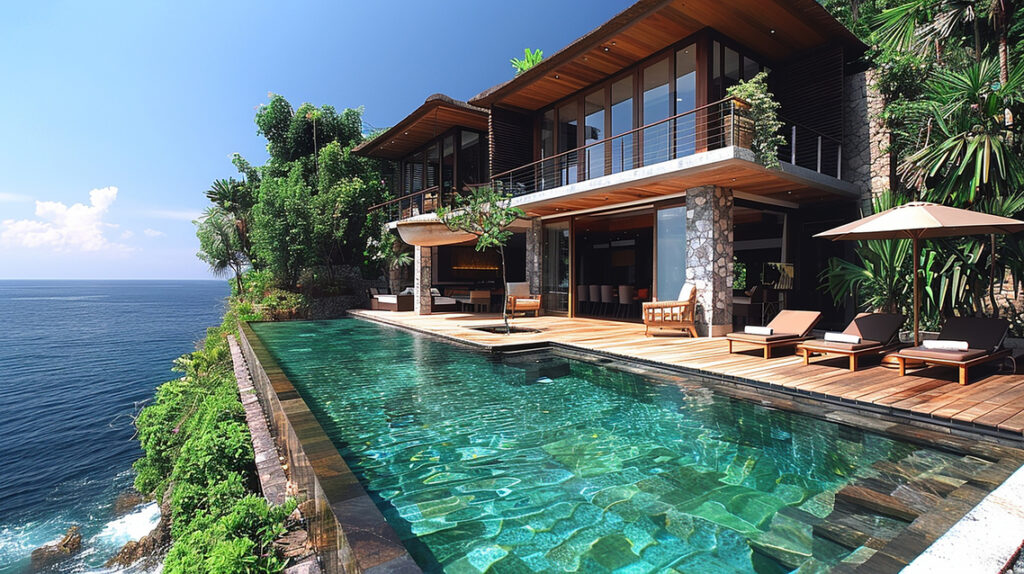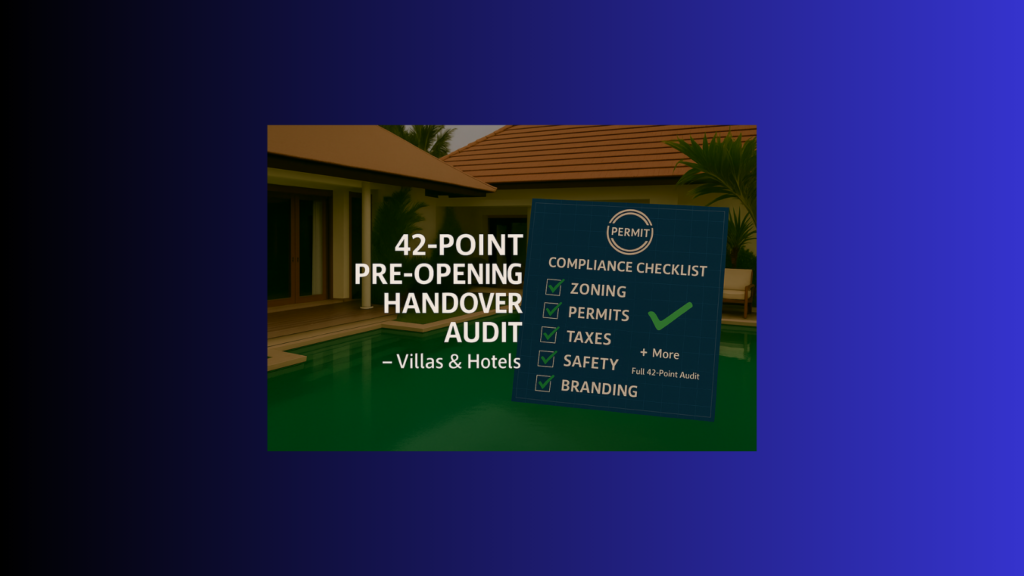Introduction: Lombok at a Crossroads
With Bali struggling under the weight of overtourism, neighboring Lombok has emerged as Indonesia’s next major tourism hub, especially spotlighted by the high-profile MotoGP event in Mandalika. However, unchecked rapid growth risks repeating Bali’s mistakes. It’s now crucial to to steer Lombok’s development towards a balanced, long-term Lombok tourism growth strategy.
Drawing from the World Travel & Tourism Council‘s (WTTC) Six-Pillar Framework, this Lombok tourism growth strategy outlines a strategic roadmap to secure Lombok’s tourism future, balancing visitor growth with environmental, social, and economic sustainability.

1. Why Lombok Matters: Building a Tourism Growth Strategy
Lombok is positioned as Indonesia’s flagship “New Bali,” with the Mandalika Special Economic Zone (SEZ) driving momentum. The island already attracts significant investment and global attention, propelled by:
- MotoGP and international sporting events
- Government incentives through Mandalika KEK
- Proximity and comparative advantages over Bali
Yet Lombok faces crucial infrastructure, capacity, and sustainability challenges, including insufficient accommodation, fragile ecosystems, and community readiness. Eco-tourism in Lombok isn’t just a trend—it’s a key solution.

2. The High Stakes of Unbalanced Growth
Unchecked tourism can degrade Lombok’s unique selling points—its pristine nature, cultural authenticity, and community hospitality. Without a well-planned Lombok tourism growth strategy, these risks could escalate:
- Environmental degradation (water stress, waste management)
- Infrastructure strain (traffic, insufficient utilities)
- Community displacement and loss of cultural heritage
A well-structured Lombok tourism strategy is not merely beneficial—it’s essential.

3. Implementing the WTTC Six-Pillar Framework for Lombok
Pillar 1: Establish Effective Governance
Create a unified Lombok Destination Stewardship Council (LDSC) encompassing government, private sector, and communities. The LDSC would coordinate policy, zoning, and sustainable guidelines.
Pillar 2: Strategic Master Planning
Develop an integrated master plan prioritizing environmental limits, cultural preservation, infrastructure upgrades, and resident satisfaction. A balanced approach to sustainable growth in Mandalika is key.
Pillar 3: Robust Evidence Gathering
Deploy IoT and big data technologies to monitor tourism impacts in real-time, informing decisions and adjusting strategies proactively.
Pillar 4: Consistent Monitoring and Enforcement
Create real-time dashboards and transparent reporting to ensure accountability and rapid response to emerging issues.
Pillar 5: Responsible Investment and Financing
Channel tourism revenue and incentives into essential infrastructure projects—water systems, waste management, renewable energy, and transportation networks. This aligns with green investment in Indonesian tourism.
Pillar 6: Empowering Local Communities
Invest in local enterprise capacity, cultural tourism programs, and educational initiatives to ensure inclusive growth.

4. Implementation Roadmap for Lombok’s Tourism Growth Strategy
| Phase | Key Actions | Success Metrics |
| 0–6 months | Form LDSC; establish data monitoring; audit existing capacity and infrastructure | LDSC operational; baseline data established |
| 6–18 months | Launch comprehensive master plan; initiate infrastructure projects; community programs | Increased bed capacity; improved local sentiment |
| 18+ months | Expand sustainable regional tourism; establish Lombok sustainability benchmarks | Resident satisfaction >80%; clear ESG compliance |

5. Zenith Hospitality’s Role in Lombok’s Balanced Growth
Zenith Hospitality Global provides essential consulting and strategic oversight to ensure Lombok’s tourism growth is profitable, sustainable, and socially responsible. Our tailored services include:
- Sustainability audits and ESG-aligned tourism development
- Master planning and operational advisory
- Stakeholder facilitation and capacity building
Conclusion & Call to Action
Lombok stands at a decisive moment: seize the opportunity to set a global benchmark in sustainable tourism, or risk repeating past mistakes. By adopting the WTTC-aligned, six-pillar strategic framework, Lombok can secure a thriving future for its environment, economy, and community.
Ready to shape the future of Lombok’s tourism?
📩 Contact Zenith Hospitality Global today for a personalized strategy consultation.
📩 Want to see how we turn strategy into action?
Follow Zenith Hospitality Global on LinkedIn to explore our latest insights, real-world case studies, and live project updates from across Indonesia.





